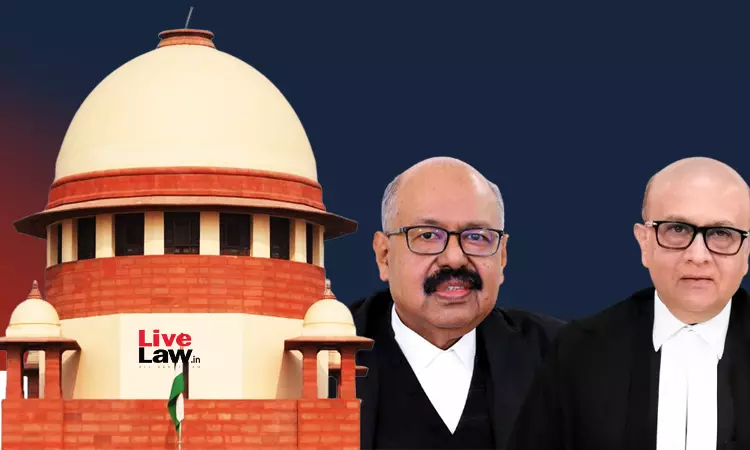The Supreme Court recently set aside the conviction of two murder convicts under Sections 302, 34, 201 of IPC and Sections 4, 25 of Arms Act, on the ground that the prosecution failed to prove beyond reasonable doubt that the deceased was last seen alive in the company of the accused near the spot at the relevant time.The division bench of Justice Hrishikesh Roy and Justice Manoj...

